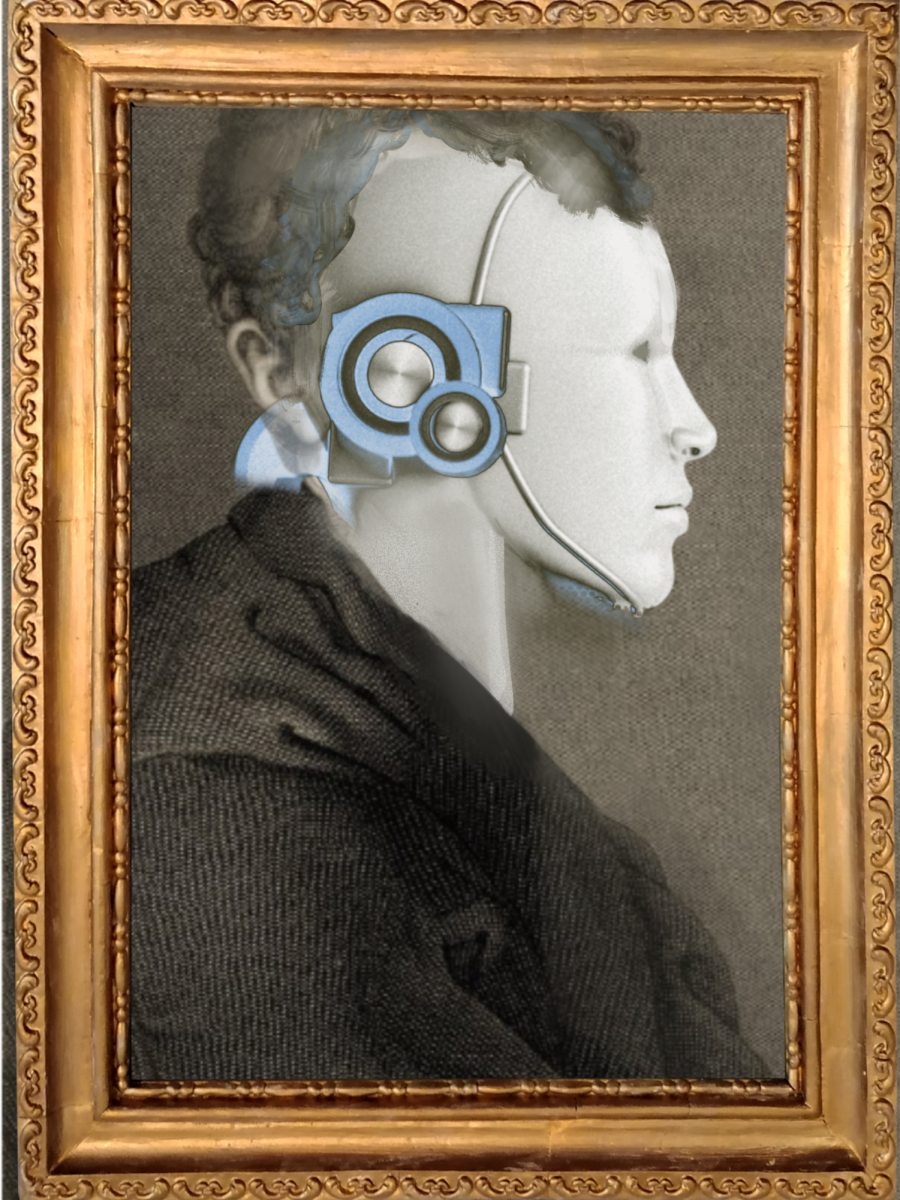
Art is a manifestation of human creativity, constantly evolving alongside humanity. From the invention of the paintbrush to digital tools like drawing apps and Photoshop, each new tool reshapes the artistic landscape in a groundbreaking way.
Tools like Artbreeder recently entered the art world, introducing new techniques, inspiring ideas, and expanding future artistic possibilities.
Here is where one of society’s most currently pressing questions comes in: Does AI ultimately help artists, or does it harm and hinder creativity?
While some firmly take a stance on one side of this dilemma, the truth is that AI can be both, depending on how it is employed.
While AI can generate references, improve the quality of existing references, and give artists helpful advice, is using AI in art ethical?
“For someone like me, who is not necessarily well versed in artistic creation, AI tools can be very useful in getting over the steep learning curve of creating art,” Comparative Religions Instructor Al Silva said.
AI tools can be invaluable for artists looking to learn the basics. If someone is trying to master a specific art style, AI can be used to break down that style and provide tips for achieving a similar look.
AI can be beneficial in the early stages of art. It can generate references that do not already exist, modify reference quality and size, and search the web for reference options within seconds.
Using Artificial Intelligence makes processes that typically take time easily accessible and straightforward.
AI can act as an advisor. Oftentimes, discussing ideas with a machine can be less nerve-racking than talking to a peer, and talking over plans and getting advice is often precisely what an artist needs to take their art to the next level.
On the flip side, not all artists have readily accepted these new tools. Some continue to push back against the integration of AI into art resolutely.
Many artists take issue with AI’s inherent lack of authenticity and emotion.
“AI tries to take away from human talent, but it can’t recreate the backstory and emotion in art [made by humans],” freshman Anya Taylor said.
Human-made art is inherently emotional, because humans are emotional. It is our automatic response to use art to respond to and portray these emotions.
While Artificial Intelligence can attempt to replicate the emotion behind art, it is, at its root, artificial, and all of that ‘emotion’ will be as well. Experience, perspective, and thought drive human emotion, and AI’s attempts to copy that will never truly succeed.
Another pressing issue with AI art is that it threatens the professions and income of human artists. As Artificial Intelligence becomes more skilled at generating striking and realistic visuals, artists practicing traditional art forms, such as painting, are threatened.
Artists are already underpaid. According to Artnet, 48.7% of American artists make no more than $5,000 annually, and with the rise of AI, artists’ incomes are expected to fall even further.
“Using AI to steal other artists’ styles or artwork is one of the most unethical things you can do,” Anya said.
While AI offers exciting new possibilities, we must first consider the ethics of using this tool. The use of AI in art is an ongoing debate, and this tool will inevitably become more and more prominent.
Artificial Intelligence’s impact on the artistic landscape is complex, and it can offer both opportunities and challenges for artists in society today.
